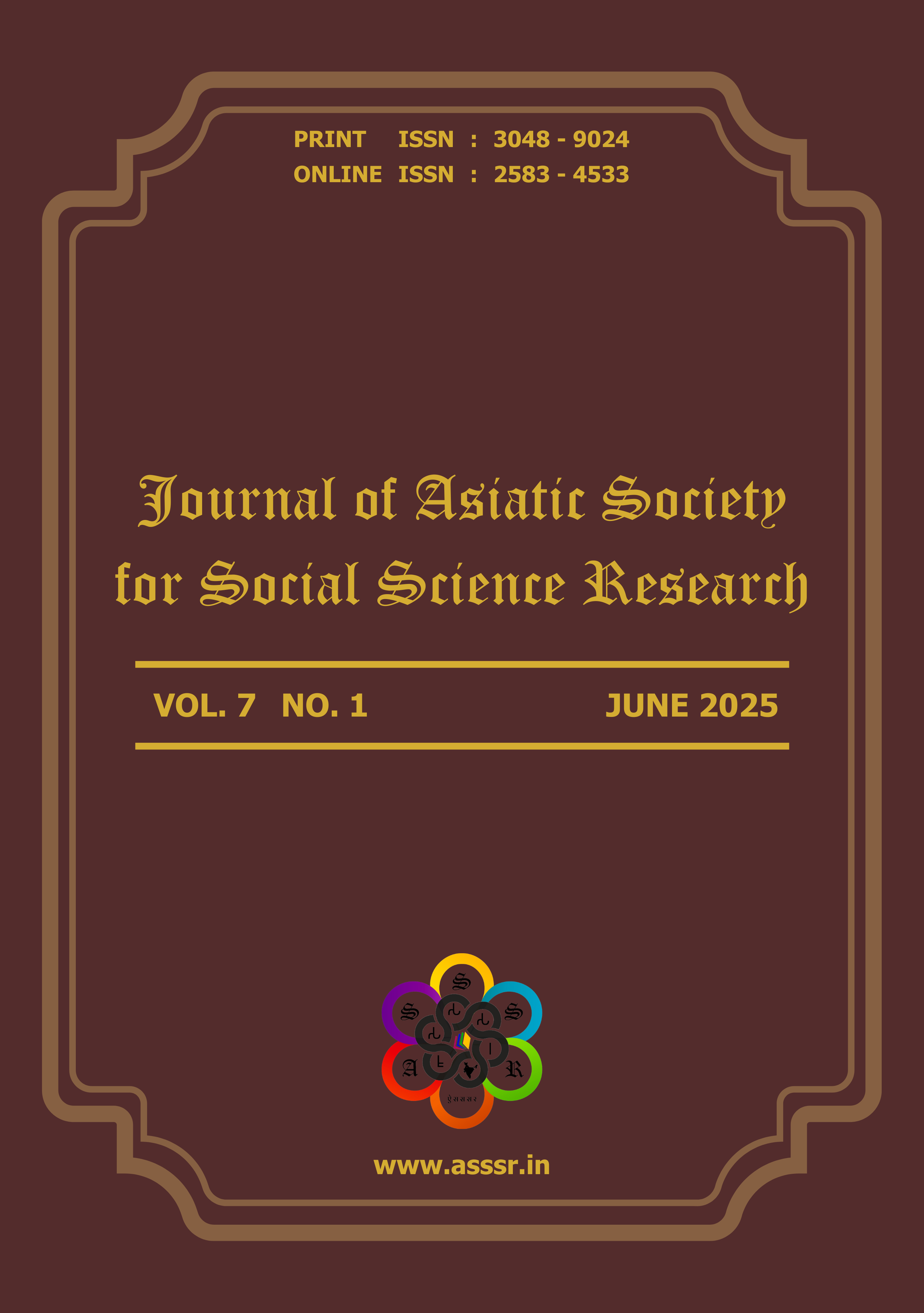Eco-Discharge Printing with Acid Cellulase Enzyme on Natural Dyed Cotton
Keywords:
Acid cellulase enzyme, cotton, eco-discharge printing, natural dyesAbstract
The global fashion industry is under increasing scrutiny for its environmental footprint, particularly due to the toxic chemicals and waste generated during textile processing. Discharge printing, widely employed for intricate textile designs, often involves hazardous chemicals like formaldehyde sulfoxylate, which pose significant environmental and health risks. The study objective is to develop an environmentally friendly enzyme discharge printing process and assess its environmental impact that aligns with the Sustainable Development Goals. Specifically, the study explores the use of acid cellulase enzymes for discharge printing on natural dyed fabrics, minimizing harmful chemical use while maintaining design quality and aesthetic appeal. The methodology integrates experimental trials of enzyme formulations varying pH, time, temperature, and enzyme concentration on natural dyed cotton fabric. Technical evaluation of this enzyme-assisted discharge printing method was done by spectrophotometer analysis, tensile strength testing, and Chemical Oxygen Demand (COD) in wastewater, demonstrating its effectiveness in achieving desired aesthetic effects, preserving fabric integrity, and supporting eco-friendly textile production compared to conventional discharge printing methods. Results indicate that enzyme-assisted processes achieve effective colour removal with a tone-on-tone effect on natural dyes, except indigo, while reducing chemical usage, demonstrating compatibility with natural dyes and enhanced biodegradability. This approach not only reduces environmental hazards but also supports circular fashion practices by promoting safer, sustainable alternatives. The study concludes that enzyme discharge printing has the potential to revolutionize sustainable textile production, offering a viable pathway for businesses to adopt commerce with conscience. It advocates for the integration of such innovations into fashion supply chains, fostering a balance between profitability and environmental stewardship.
Additional Files
Published
How to Cite
Issue
Section
License
Copyright (c) 2025 Journal of Asiatic Society for Social Science Research

This work is licensed under a Creative Commons Attribution-NonCommercial-NoDerivatives 4.0 International License.
All right reserved.


